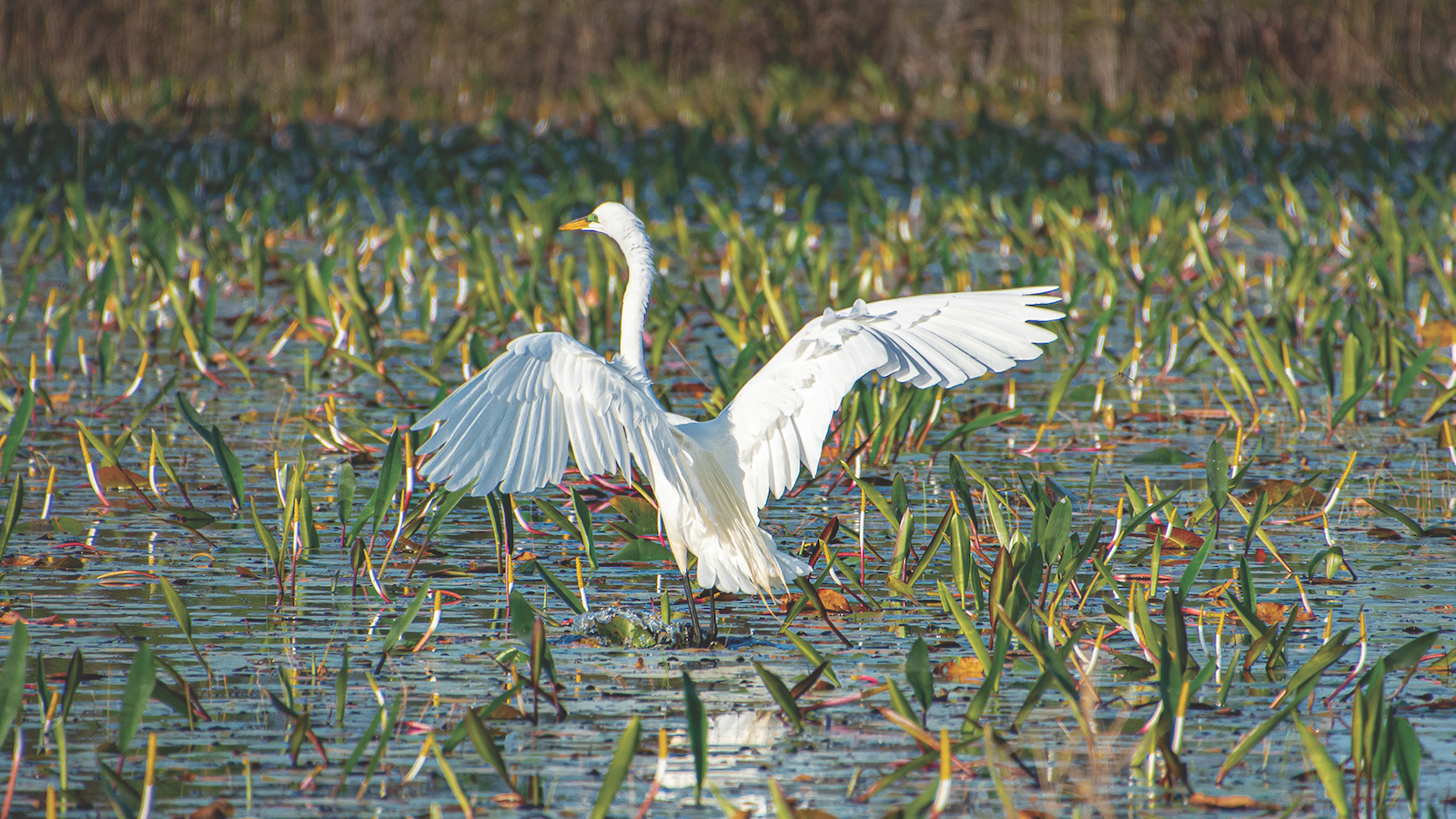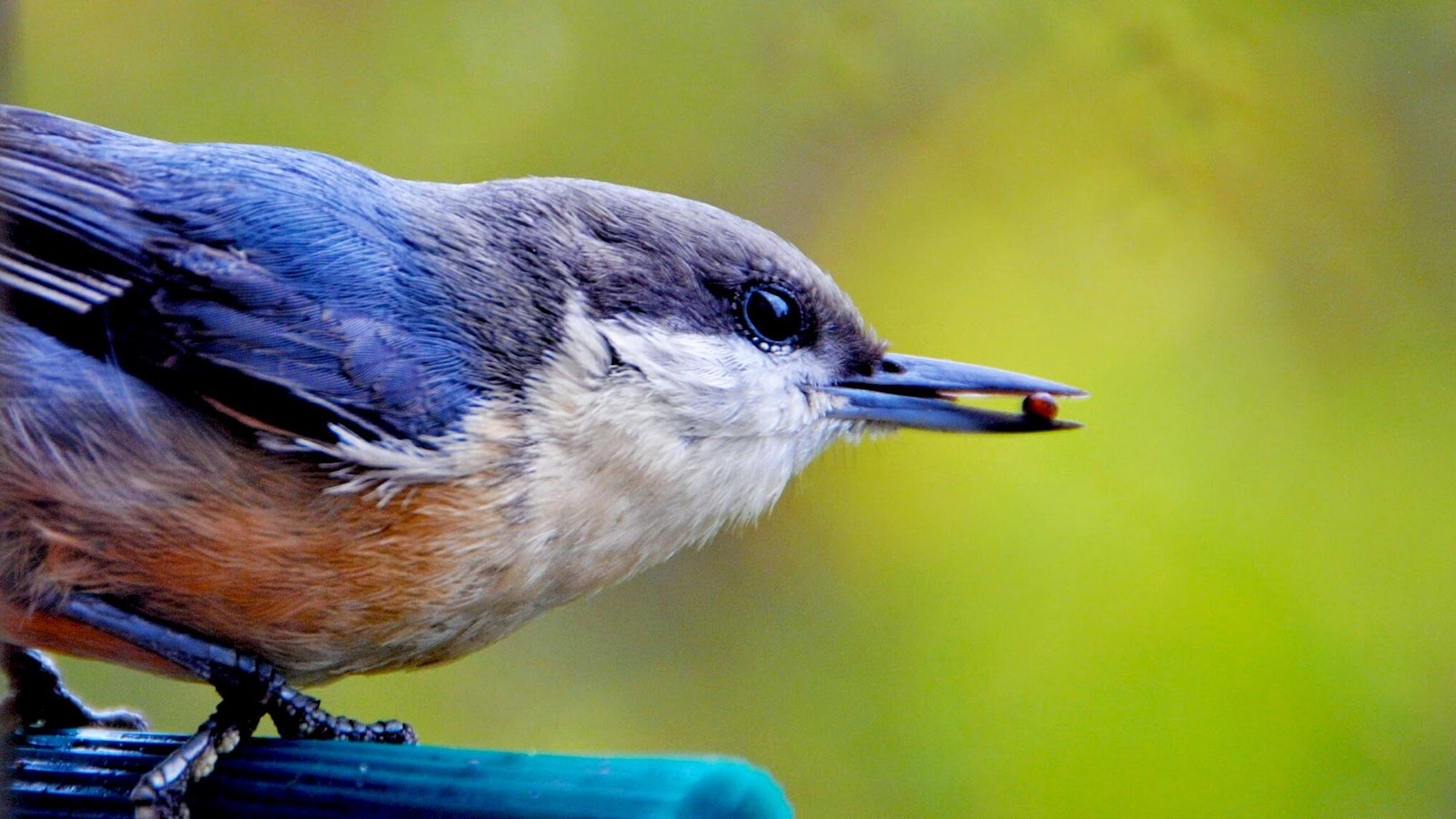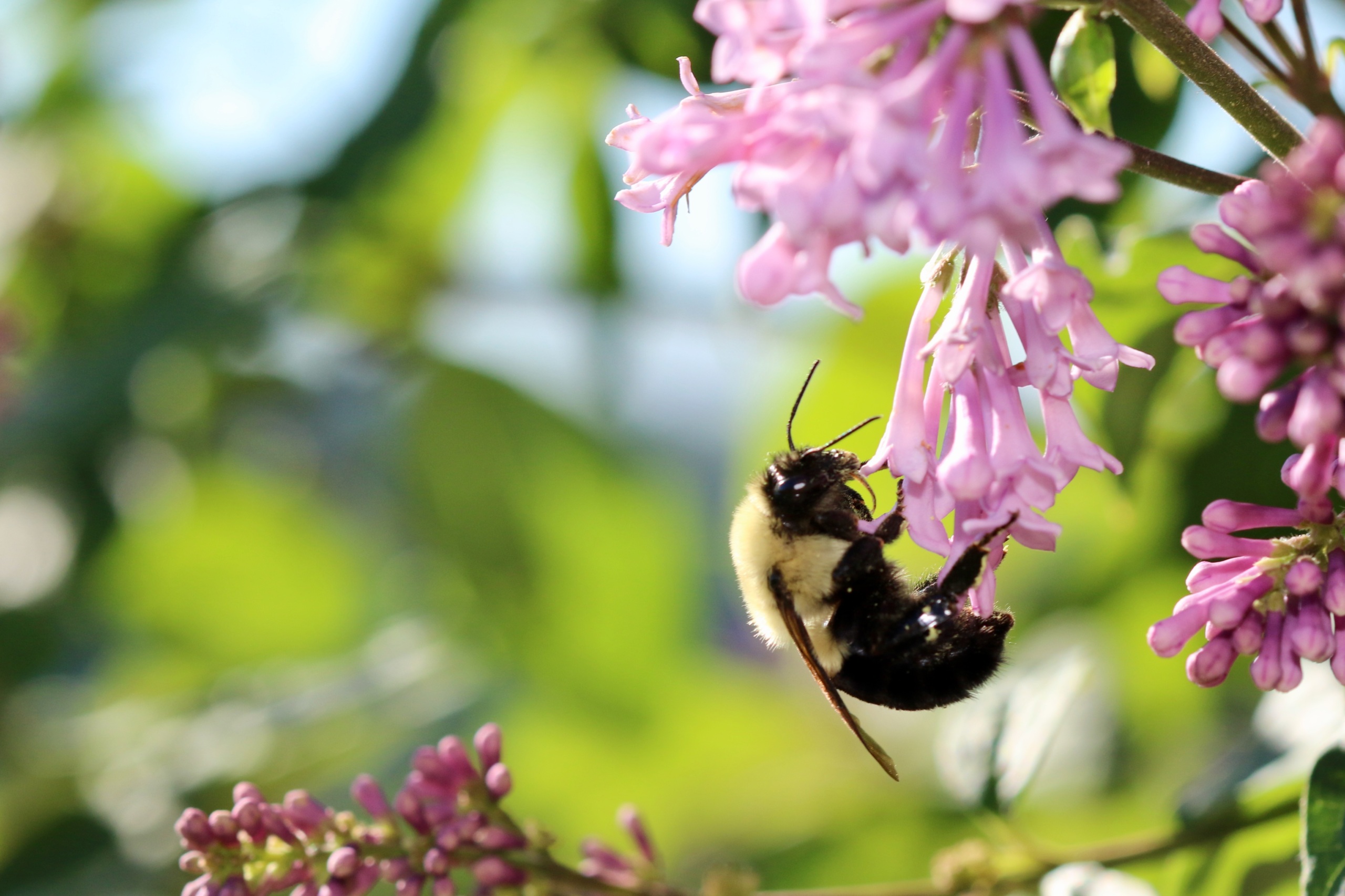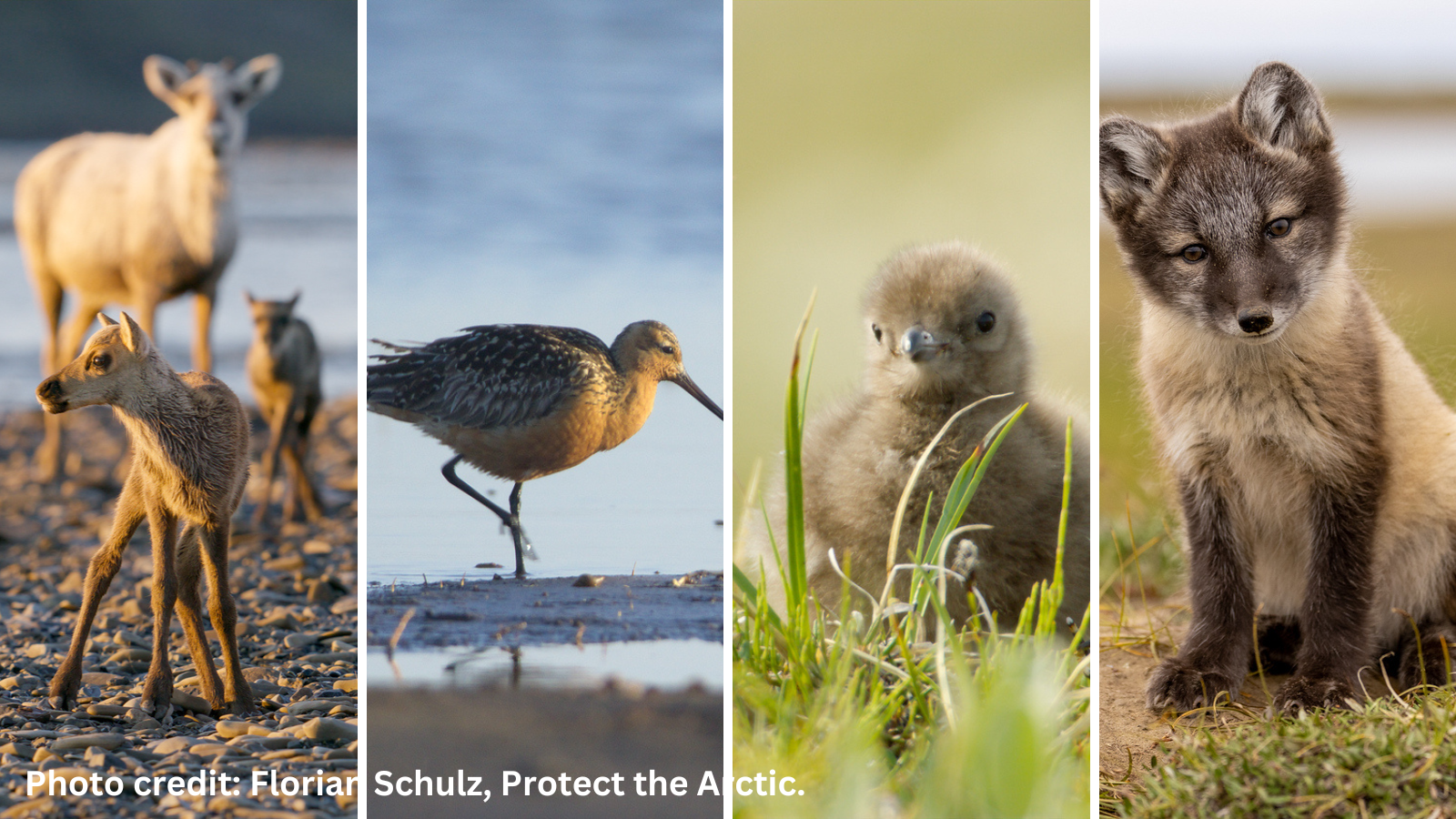New titanium mine threatens largest wildlife refuge in eastern U.S.
A dangerous plan to develop a mine near the largest wildlife refuge in the Eastern U.S. is moving full speed ahead.

This blog was authored by The Public Interest Network Intern Natalie Kerr
Home to the largest wildlife refuge east of the Mississippi River, Georgia’s Okefenokee Swamp houses hundreds of plant and animal species, some even threatened or endangered.
And now, a dangerous plan to develop a mine nearby is moving full speed ahead, threatening the health of the wetlands and the wildlife that call the swamp home.
The decision to save these wetlands now rests in the hands of the Georgia Environmental Protection Division (EPD). But this issue is bigger than Georgia: The Okefenokee provides critical habitat for some of our nation’s rarest species, and in the midst of an extinction crisis, we must take action to protect this wild place and the wildlife that depend on it.
Vast, vital and unprotected
The Okefenokee Swamp spans hundreds of thousands of acres across southern Georgia, and it’s as vast as it is vital. The unique wetland habitat provides a home for more than 620 plant species, as well as hundreds of reptile, bird and mammal species.
Even though the Okefenokee shelters some of our nation’s rarest species from the storm of our current extinction crisis, it still didn’t receive the protections it needed from the Trump administration. And that’s when Twin Pines Minerals swooped in: The company has applied for five permits to develop a titanium mine on 500 acres of ancient beach dunes near the Okefenokee.
The mine could inflict irreversible damage on these wetlands and the wildlife that depend on them.
Keep the Okefenokee Swamp safe from toxic mining
Experts warn that building the mine could lower the water levels and even drain the Okefenokee Swamp, worsening pollution and the risk of wildfires, while the fragile wildlife in the wetlands are left to suffer.
Already, half of all wetlands have been destroyed since 1900. And when we lose wetlands, we also lose the plants and animals that need these places to survive.
Experts also fear that this mine could invite even more development in the area, so we know that stopping this plan means more than saving the Okefenokee — it means protecting the gopher tortoises, the rich biodiversity and what remaining acres of wetland we have left.
Now, it’s up to us to stand up for the Okefenokee Swamp before it’s too late.
HELP SAVE THE OKEFENOKEE
Photo: A white heron dries its wings in the Okefenokee Swamp, a vast wildlife refuge currently under threat of mining near its boundaries. Credit: Deborah Ferrin via Shutterstock
Topics
Authors
Mary Katherine Moore
Find Out More

EPA report says pesticides endanger wildlife

Why we should save the bees, especially the wild bees who need our help most

Why Alaska’s NPR-A, site of the Willow Project, deserves protection


